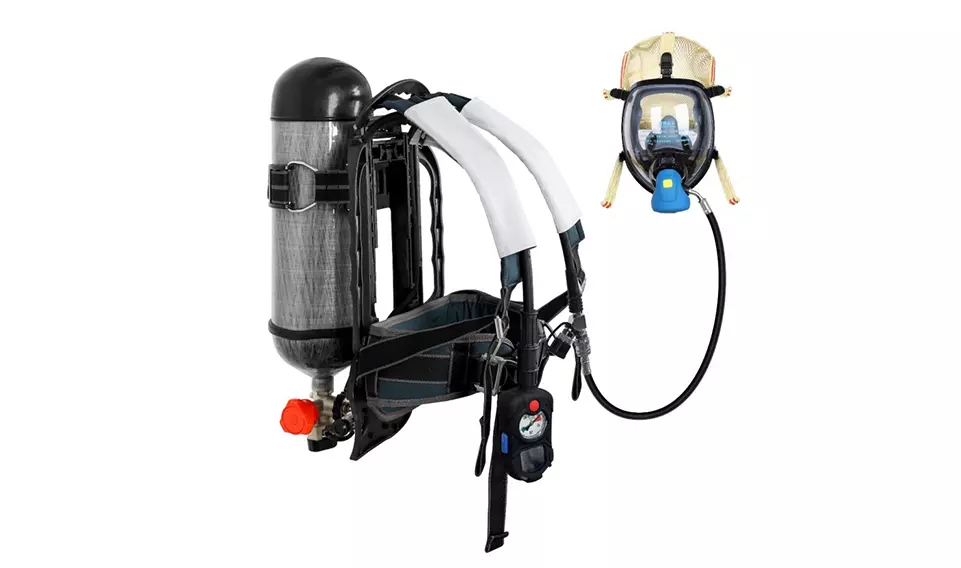
What are the restrictions on the use of air respirators, half mask and fullface mask
Air respirators, half masks, and fullface masks are respiratory protective equipment, but the applicable occasions and use environments of the three are all limited.
Air respiratorsHypoxic environment: Although air respirators are mainly used in workplaces where air quality cannot be guaranteed, air respirators are required when the oxygen concentration in the environment is lower than 18%. This is because air respirators can directly provide the oxygen needed for breathing.
Harmful gas environment: Air respirators are particularly suitable for places where harmful gases such as toxic gases and smoke exist. Because its anti-gas principle is to directly isolate the respiratory system from the external toxic environment, rather than filtering anti-gas, it has the highest safety factor.
High temperature environment: Some air respirators can withstand a certain high temperature, but the specific degree of high temperature resistance depends on the model and specifications of the respirator. Generally speaking, the ambient temperature is within the range of -30℃~60℃, and special models of air respirators are required if the range is exceeded.
Half maskConcentration of harmful substances: Half masks are suitable for environments where the concentration of harmful substances does not exceed 10 times the occupational contact limit. If the toxic particles in the environment are highly toxic, carcinogenic, or radioactive, you need to use a half mask with the highest level of filtration efficiency.
Occasions of use: Half masks are generally used in printing plants, chemical laboratories, paper mills and breweries. However, for environments with very obvious toxic odors, it is recommended to use half masks.
Fullface maskOxygen-deficient environment: Since fullface masks themselves cannot produce oxygen, it is strictly forbidden to use them in oxygen-deficient environments where the oxygen content of the air is less than 19.5%.
Toxic gas concentration: Fullface masks are generally required to be used in environments where the concentration of toxic gases is less than or equal to 20,000 ppm. However, there are some exceptions, such as carbon monoxide fullface mask sets, which are suitable for working environments with a toxic gas concentration of no more than 4,000 ppm.
Temperature: The effect of fullface masks is greatly affected by temperature. The most suitable ambient temperature for using filter-type fullface masks is a non-enclosed environment of -30°C to 45°C.
Occasions of use: Fullface masks are equipped with different filter boxes, and the use of protection against toxic substances is more comprehensive. It is generally equipped and used in occasions such as pesticide spraying, painting, chemical operations, and transportation of hazardous chemicals.
In summary, the selection of these protective equipment should be determined according to specific environmental conditions and needs to ensure the safety and health of users.












